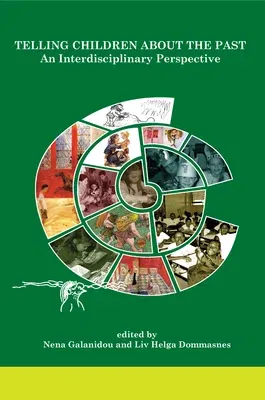Telling Children about the Past: An Interdisciplinary PerspectivePaperback, 1 December 2007

Qty
1
Turbo
Ships in 2 - 3 days
In Stock
Free Delivery
Cash on Delivery
15 Days
Free Returns
Secure Checkout

Part of Series
International Monographs in Prehistory: Ethnoarchaeology
Part of Series
International Monographs in Prehistory: Ethnoarchaeology Series, 3
Print Length
324 pages
Language
English
Publisher
Berghahn Books
Date Published
1 Dec 2007
ISBN-10
1879621401
ISBN-13
9781879621404
Description
Product Details
Book Format:
Paperback
Country of Origin:
US
Date Published:
1 December 2007
Dimensions:
22.61 x
14.99 x
2.29 cm
Genre:
Education
ISBN-10:
1879621401
ISBN-13:
9781879621404
Language:
English
Location:
New York, NY
Pages:
324
Publisher:
Series:
Weight:
544.31 gm